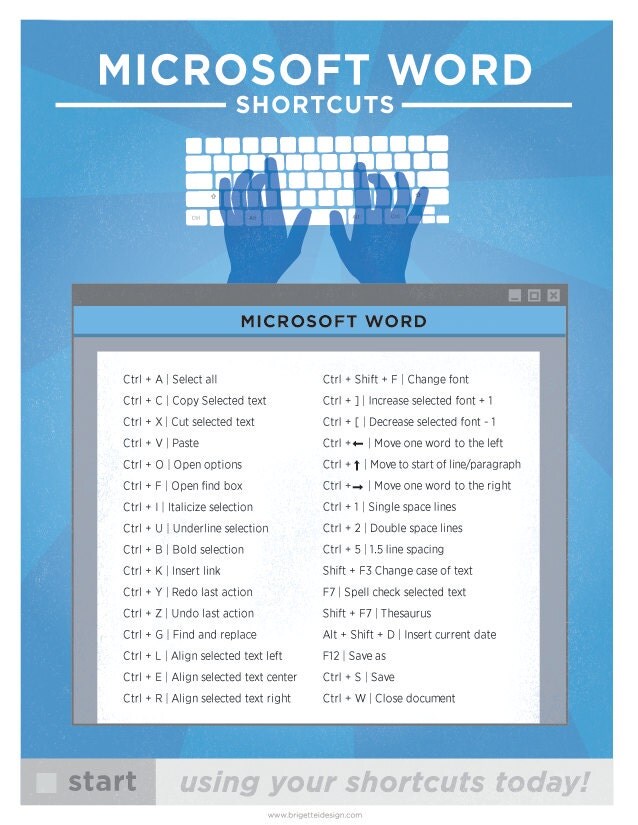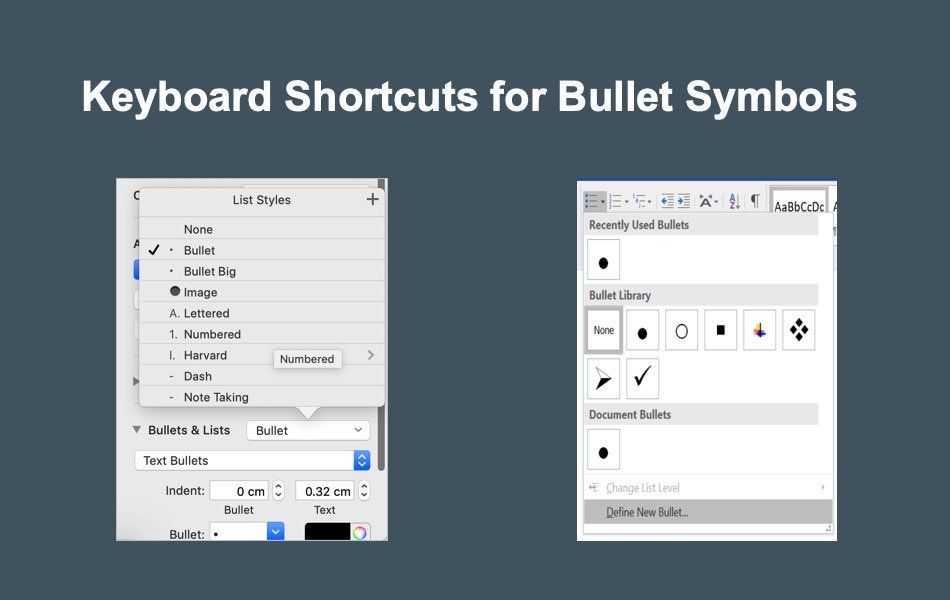

Drag a bit and click a second time where you want the line to end.Choose a line from the Lines section and click where you want the line to start.To do so, click the Insert tab and click the Shapes dropdown (in the Illustrations group).

You'll need to insert a true shape and not a paragraph-formatted border. The lines produced by the keyboard shortcuts and AutoCorrect are certainly functional, but Word can draw lines at an angle too using a Lines shape. Choose No Border, as shown in Figure D, and the sticky border is goneįigure D: Remove the sticky border. How do you get rid of it? Click anywhere inside the textual paragraph and then click the Borders dropdown. Once a line is anchored to text as a border, you can't select and remove the line. If there's a blank line between the text and the hyphen-generated line, the line stands alone. If you move the text, the line goes with it.

If you enter the three hyphens directly under a line of text, Word will attach a border to the text (paragraph). It's actually a border and not a shape (which we'll discuss briefly below). Word converts your set of three characters into a paragraph format. To learn more about the AutoCorrect feature, read Harness the power of Word's AutoCorrect feature Sticky border problem A few formatting options are available simply double-click the line to see what's available. To remove the line, select it and press Delete.


 0 kommentar(er)
0 kommentar(er)
